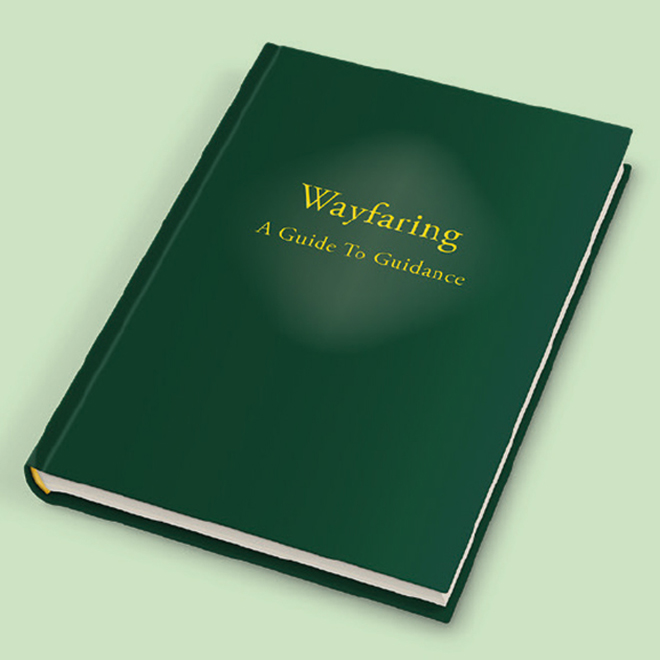An icon depicting Martyn Kelly's grandson with his Chinese great-grandmother. Photo: Martyn Kelly.
Two of a kind: Martyn Kelly’s Candlemas reflection
‘I have a lot of empathy with Simeon and Anna.’
Candlemas, celebrated in early February, commemorates the presentation of Jesus at the Temple (Luke 2: 21-40), and features two intriguing characters: Simeon and Anna. Simeon, Luke tells us, was ‘waiting for the consolation of Israel’, while Anna ‘never left the temple but worshipped night and day’. Both saw, in the infant Jesus, the promise of hope.
